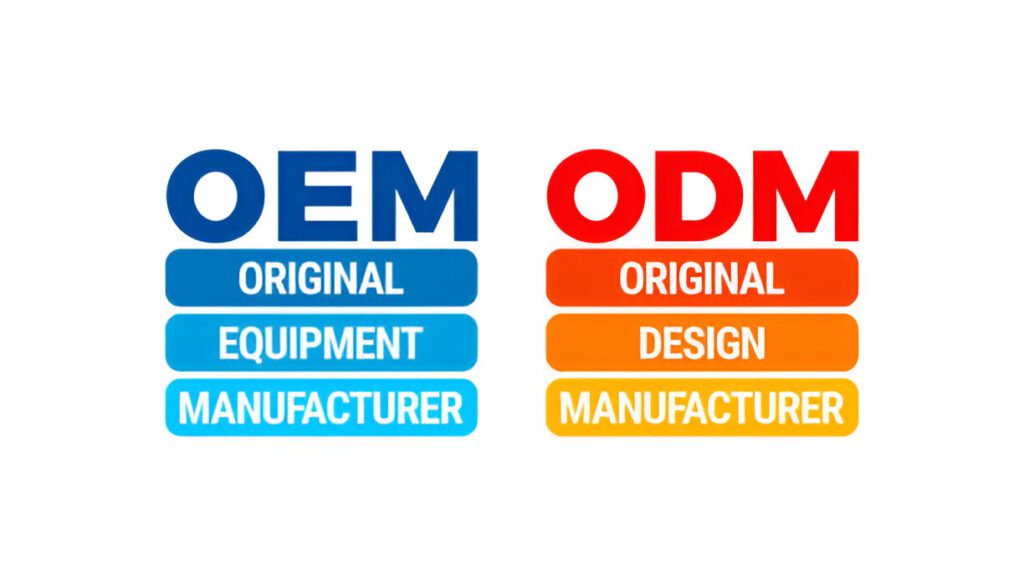When it comes to making products, businesses often work with special partners called OEMs and ODMs. If you’re thinking about starting a product or improving an existing one, it’s essential to understand what these terms mean. Let’s break down the differences between OEM and ODM in simple terms.
What is OEM?
OEM stands for Original Equipment Manufacturer. This is a company that makes products based on the designs and specifications provided by another company. For example, if a company has a unique idea for a gadget but does not have the resources to produce it, they can partner with an OEM. The OEM will manufacture the product according to the company’s requirements.
Key Features of OEM:
- Custom Production: The company gives detailed plans for the product, and the OEM makes it exactly as specified.
- Branding: The products are usually sold under the company’s brand name.
- Quality Control: The original company is responsible for ensuring that the product meets quality standards.
Example of OEM:
Imagine you have a toy company that wants to create a new action figure. You design the figure and provide the drawings and materials needed. An OEM will then produce the action figure just as you designed it, and you sell it under your brand name.
What is ODM?
ODM stands for Original Design Manufacturer. Unlike OEMs, ODMs do more than just manufacture products. They also design and develop them. If a company wants to create a product but doesn’t have a design, they can work with an ODM. The ODM takes care of both the design and production.
Key Features of ODM:
- Complete Package: The ODM designs the product and manufactures it, saving the original company time and effort.
- Flexibility: Companies can customize existing designs or create entirely new ones based on market trends.
- Branding: Like OEMs, ODM products are also sold under the company’s brand name.
Example of ODM:
Let’s say you want to sell a new kitchen gadget but don’t have a design in mind. You can approach an ODM that specializes in kitchen products. They will create a design for the gadget and manufacture it for you, ready to sell under your brand.
Why Choose OEM or ODM?
Choosing between an OEM and an ODM depends on your needs. Here are some questions to consider:
- Do you have a design? If yes, go for an OEM. If no, consider an ODM.
- Do you want full control over the design? An OEM allows you to have complete control. An ODM may give you less control over the design but offers a complete package.
- What is your budget? Sometimes, working with an ODM can be more cost-effective, especially if you want to save on design costs.
Conclusion
Understanding the difference between OEM and ODM is crucial for businesses looking to create or improve products. OEMs manufacture products based on your designs, while ODMs handle both design and manufacturing. By knowing these terms, you can make informed decisions and choose the right partner for your project. Whether you decide to work with an OEM or ODM, having the right partner can help bring your ideas to life and succeed in the market.

